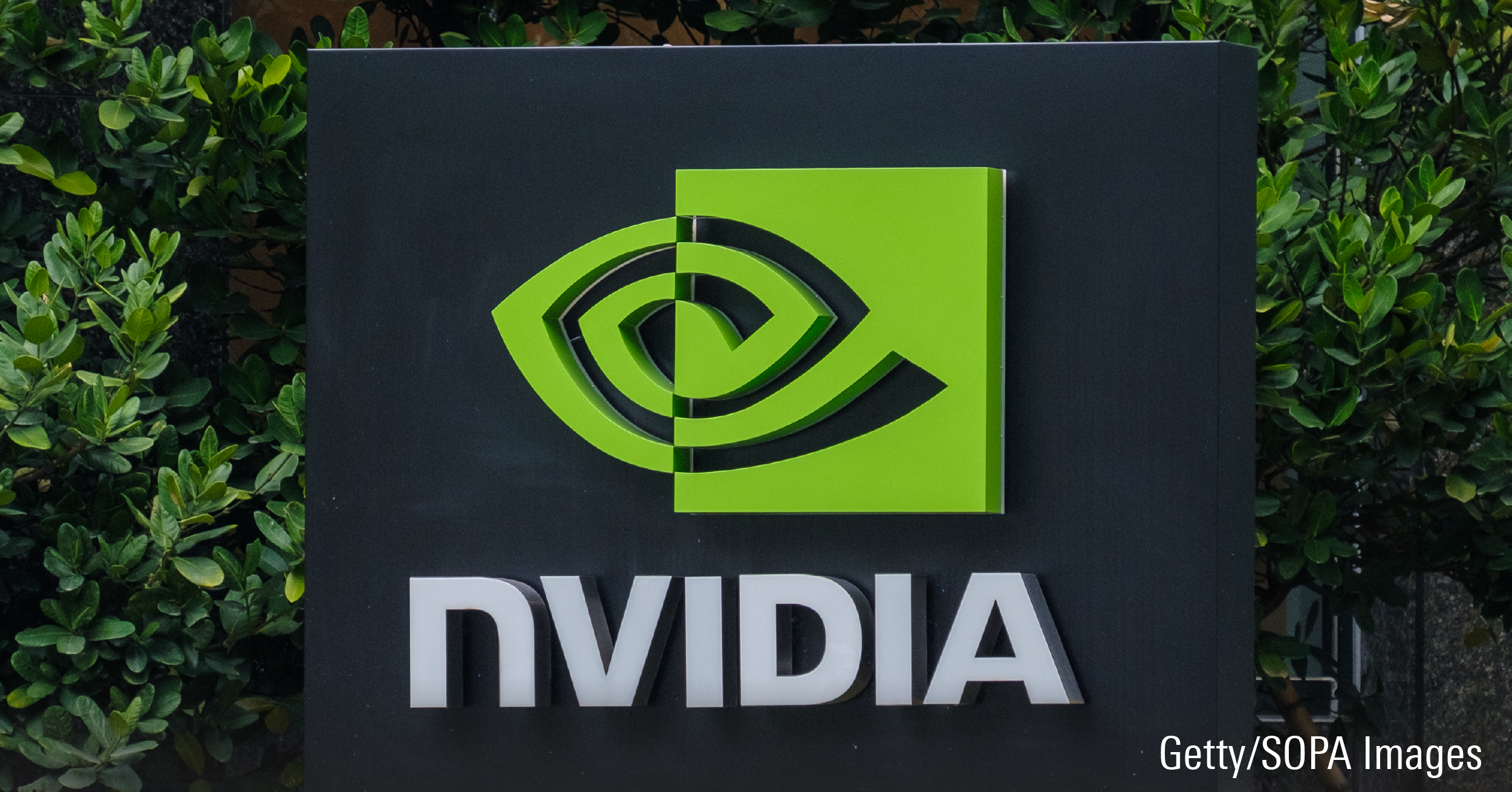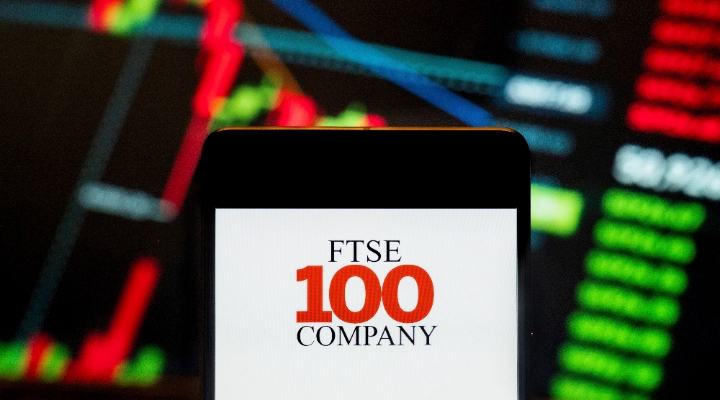In our last gold report published at the beginning of the year, we stated our expectations for gold and related proxies to do well in 2009 as long as the US dollar remained in its trading range. Both gold and the US dollar have continued to be range-bound, but we think sooner or later something has to give, based on the possibility of the world becoming awash with freshly printed fiat monies. However, there are significant differences emerging among the US, European, and Asian approaches to the global financial debacle.
The United States seems to be opting for massive monetary stimulus to grease the engine of consumption. Meanwhile, having hands-on experience with fiat monies and monetary policies that have run amok, European central bankers and finance ministers are wary of US pressure to follow suit with highly inflationary stimulus programmes. In addition, given their huge pools of dollar reserves, some key Asian players--including China--have a significant vested interested in preserving the purchasing power of the dollar and do not appear to be too keen on the US approach either.
That said, we think US actions--not European or Asian policies--will affect the foreseeable course of the dollar and the price of gold. While the current global financial debacle is unprecedented in scope and trying to find similar instructive historical episodes may ultimately be unwise, we think there are in fact precedents in terms of the relationship between gold and the dollar that may help us speculate on the future.
We experienced official dollar devaluations in the 1970s and in 1933. Certainly, the long-run loss of purchasing power of the dollar is staggering. With gold currently over $900 per ounce, one dollar buys roughly 0.001 ounce of gold, in comparison with nearly 0.05 ounce of gold that could be fetched by $1 before 1933. This is indeed a testament to the fate of all fiat currencies. We're not forecasting an imminent devaluation of the dollar, or a significant rise in inflation anytime soon, but for the long haul it may be prudent to keep a small portion of one's portfolio in gold for diversification purposes.
We suggest that, all else being equal, based on the inflationary implications of the stimulus packages and programmes and the required fiat money to finance them, the chances have increased that the dollar "gives" against gold again for the long haul.

























